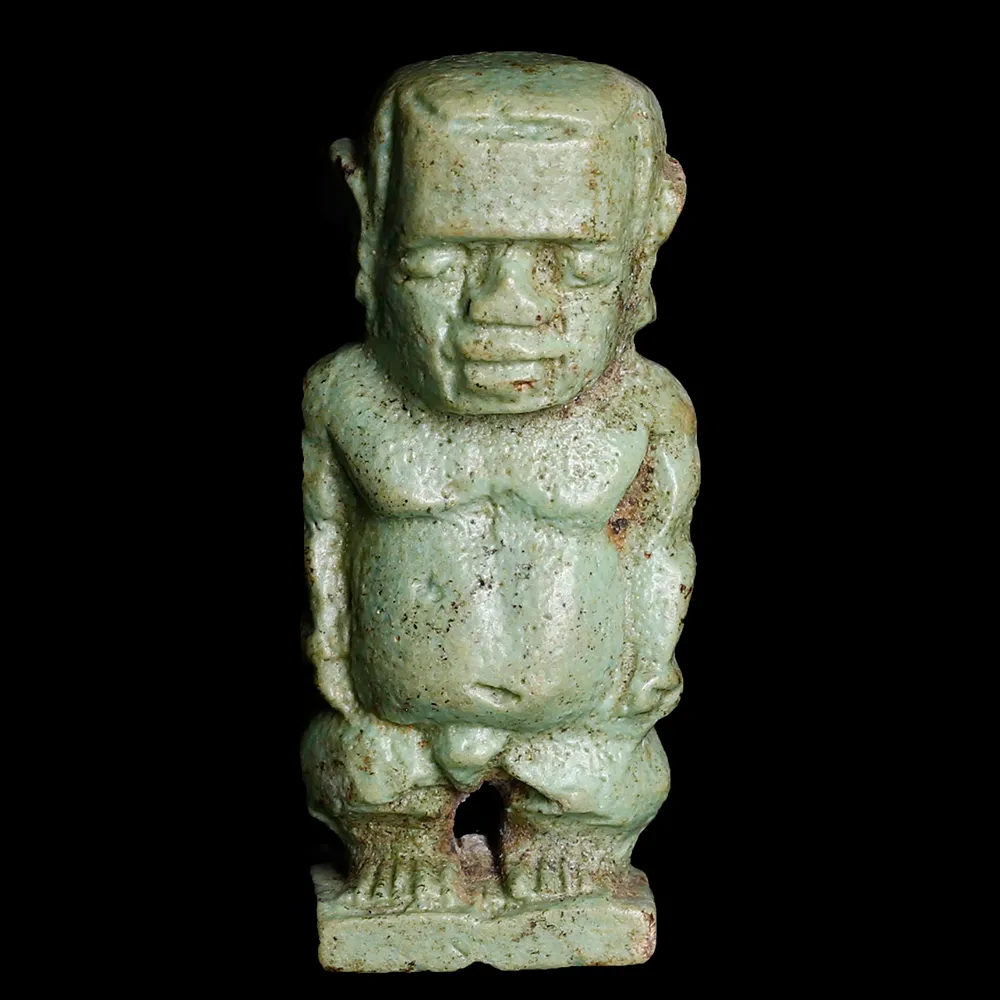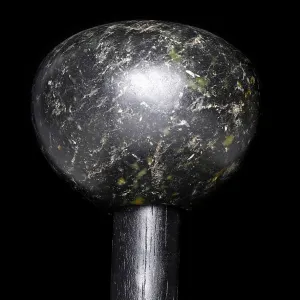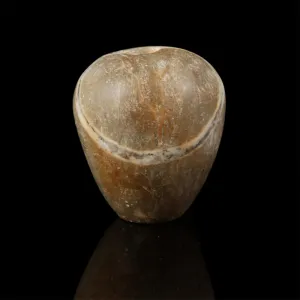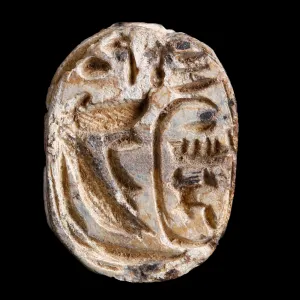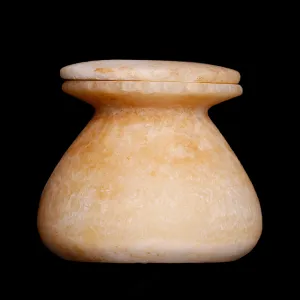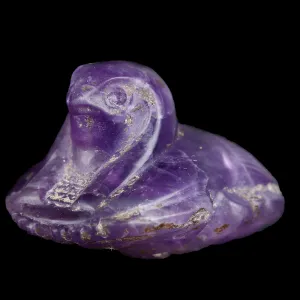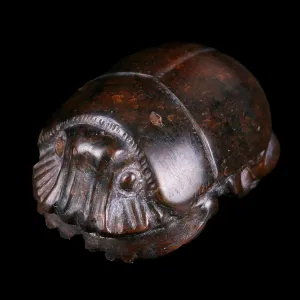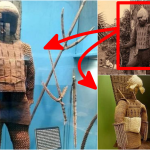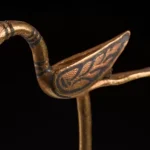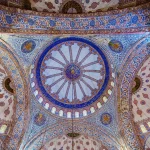A Synopsis of the History of Egyptian Art

The Egyptian period was vast in its timescale, yet consistently produced art in a highly recognisable and enduring style. Highly influential, Egyptian art stayed iconic and vibrant despite foreign invasion, and in influencing early Greek art, arguably ignited the desire to represent accurately and beautifully the human form in the West, that continues to this day. Initially, no art was produced to our modern understanding of the concept; all ancient art had a purpose, usually religious, or to present a message to the populous.
Protodynastic 3500-3150 BC
The area around the Nile is one of the longest occupied areas by humans in the world, in around 3500 BC powerful city-states such as Hierakonpolis and Abydos in the south played a significant role in defining a distinct Predynastic culture, which laid the foundations for the later pharaonic state. Hieroglyphics were invented around 3200 BC, originally for the purpose of administration, and were in use for the next 4000 years.
The unification of Upper and Lower Egypt lead to stability and wealth, allowing greater artistic production. Hieroglyphics were developed further in this period, with over 200 symbols in use by the end of the 3rd dynasty. Art incorporated depictions of local animals such as hippos and crocodiles, as well as Master of the Animal type rulers and deities.
Old Kingdom 2686-2181 BC
One of the most famous periods of ancient Egyptian art, this period is marked by changes in the depiction of people, and a greater sense of dynamism. Much of the art that survives today was part of the funerary dedications, and shows evidence of an influential sun cult. The Great Pyramid was built during this period in around 2600 BC by the pharaoh Khufu.
First intermediate period 2181-2055 BC
Intermediate periods are often considered lulls in Egyptian artistic innovation due to the social and political turmoil experienced when the previous dynasty collapsed. Drought thought as the likely cause, the First Intermediate period brought chaos to the Nile-centric culture. Rather than a total decline, the artistic focus merely shifted from pharaonic to more local inspiration. Strong facial features and the round modelling of limbs characterises figural art from this period, especially sculpture.
Middle Kingdom 2055-1650 BC
Egypt is united again and a period of great literature and documentation starts. A long succession of powerful kings creates a golden age that is recalled in future generations. Jewellery undergoes refinement during this period, and displays a great deal of sophisticated craftsmanship.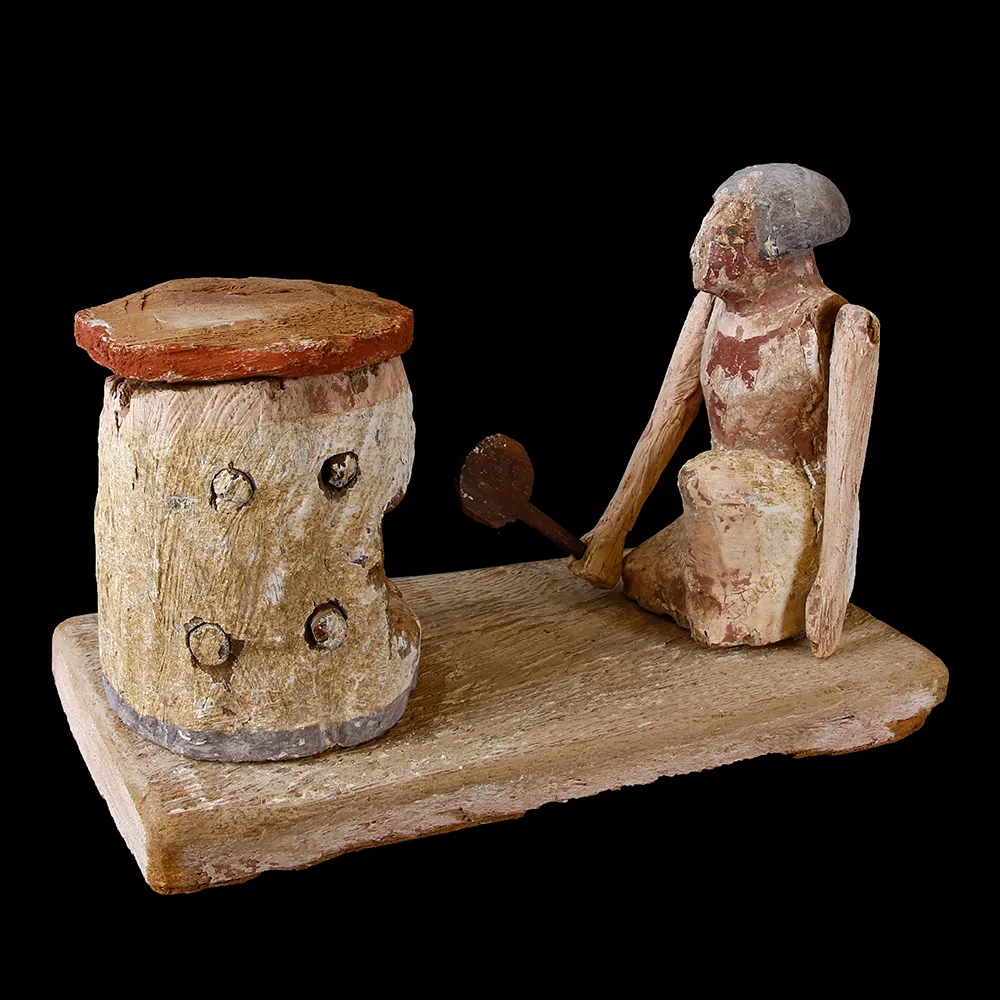
Second Intermediate 1650-1550 BC
Once again Egypt fell into crisis following a weak leadership and foreign invasion, this time by the Hyksos, a group of Canaanite settlers. While their rule is accepted for a time, they do little to influence art.
New Kingdom 1550-1077 BC
During this 500-year period of relative stability, Egypt becomes a super power and reaches its geographical peak, stretching from the Euphrates to Sudan. Art takes on a new monumental scale, with both colossal buildings and religious statues produced. Although eclipsed by his famous son Tutankhamen, the pharaoh Akhenaten vastly changed the appearance of Egyptian art during his reign. Called the Amarna period, human proportions were lengthened and naturalised, with male figures rendered with potbellies and slender legs. The famous bust of Nefertiti, Akhenaten’s wife, was produced in this period, but the style died out along with the dynasty.
Despite an invasion by the Kush on top of pre-existing civil strife, Egyptian tombs continued to be filled with rich grave goods. Nubian control of the south of Egypt lead to an increase in temple building and a return to the Old Kingdom style, as the Nubians saw themselves as continuing Egyptian artistic tradition. Small metal sculptures became popular, and figural depictions returned to the previous muscular style. The popularity of the mythical Tale of the Faraway Goddess is seen in small faience amulets of various deities.
Late Period 664-332 BC
Material culture during the Late Period is characterised by animal cults and animal mummies, but political turmoil once again is credited with halting artistic innovation. Invasions by the Persians put Egypt in strife, and after a successful second invasion, Egypt would not be truly governed by a native-born Egyptian until 1952.
Although no longer ruled by Egyptians, the Ptolemaic dynasty made efforts to incorporate the traditional iconography to their rule, resulting in an Egyptian-Hellenistic syncretism of both art and culture; The Rosetta Stone is a famous example of this cultural blend. Although conquered by the Romans in 30 BC, Egypt continued to produce significant art, and became a hub of the new religion of Christianity.